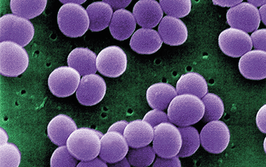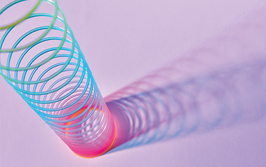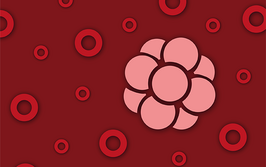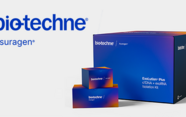Navigating the multiplex image analysis workflow: from images to data-driven insights
sponsored by Lunaphore Technologies
May 29, 2024 - 4pm CET
An increasing need for the discovery of biomarkers and identification of signatures and clinically relevant targets has emerged in recent years
Spatial biology enables the interrogation of multiplex biomarkers while keeping the information of spatial tissue architecture.
Transforming the multidimensional output of multiplex images into meaningful quantitative data is the next significant hurdle to fully comprehending and interpreting the intricate imaging data.
In this webinar, Dr. Navikas delves into the realm of hyperplex image analysis in spatial biology, offering valuable insights for researchers starting to generate and analyze hyperplex immunofluorescent images. In the second step, he will illustrate the essential steps in an image analysis workflow using Lunaphore's end-to-end solution as an example.
The solution of Lunaphore includes COMET™, the staining and imaging platform, and HORIZON™, the analysis software. Here, he will present how HORIZON™ is an image analysis software tailored to COMET™ hyperplex immunofluorescence images. It seamlessly extends the COMET™ workflow, smoothly handling large data sets.
With its straightforward and user-friendly approach, this analysis tool supports cell-based analysis and provides researchers with a toolset for early and high-level assessment of data in a hyperplex immunofluorescent image.
He will walk through the image analysis workflow on HORIZON™ from a COMET™ image to biological insights to characterize cellular tissue architecture.
Webinar learning objectives:
- Learn how to unravel the intricate molecular signatures thanks to analyzing spatial biomarkers of hyperplex images.
- Discover how to transform multiplex data into multi-insight conclusions in a few clicks using a seamless image analysis workflow with HORIZON™ .
- Explore how to choose and perform the best approach for single-cell phenotyping, from nuclei segmentation, cell clustering to phenotype visualization.
The products featured of this webinar are strictly RUO




















